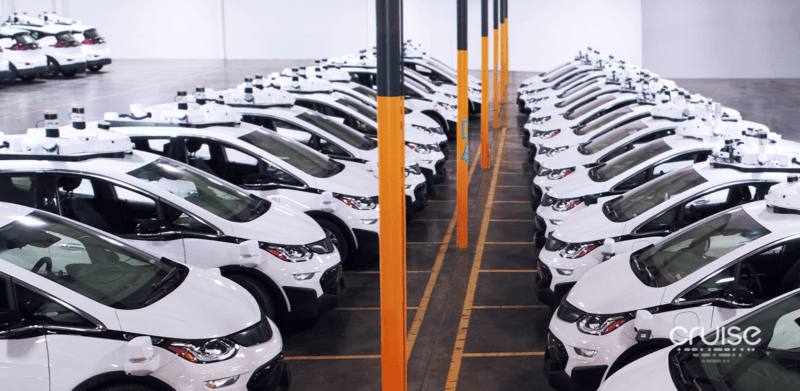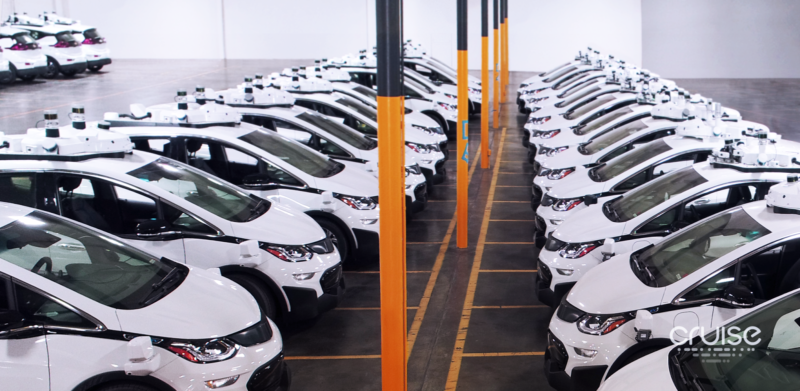
GM’s self-driving deal with Honda is a wakeup call for Waymo

Enlarge / Cruise second-generation test vehicles, assembled at GM’s Lake Orion plant in Michigan. (credit: Cruise)
Honda announced on Wednesday that it has agreed to invest $750 million in Cruise, GM’s self-driving car company. On top of that, Honda plans to spend $2 billion over the next 12 years developing a fully self-driving car based on Cruise technology. It’s a big vote of confidence for Cruise and a blow to Cruise’s biggest rival, Waymo, which is owned by Google’s parent company, Alphabet.
Waymo is widely recognized as the self-driving technology leader. The company says it will launch a fully driverless taxi service in the Phoenix metro area this year; no one else is close to launching a comparable service.
But while Waymo is almost certain to get to market first, its biggest challenge will come later: rapidly expanding to other cities in the wake of a successful Phoenix launch. Waymo is going to need carmakers’ help to build enough cars, quickly enough, to grow its driverless car business into a global juggernaut. And carmakers are not enthusiastic about ceding control of their industry to a Silicon Valley upstart.
Read 21 remaining paragraphs | Comments




